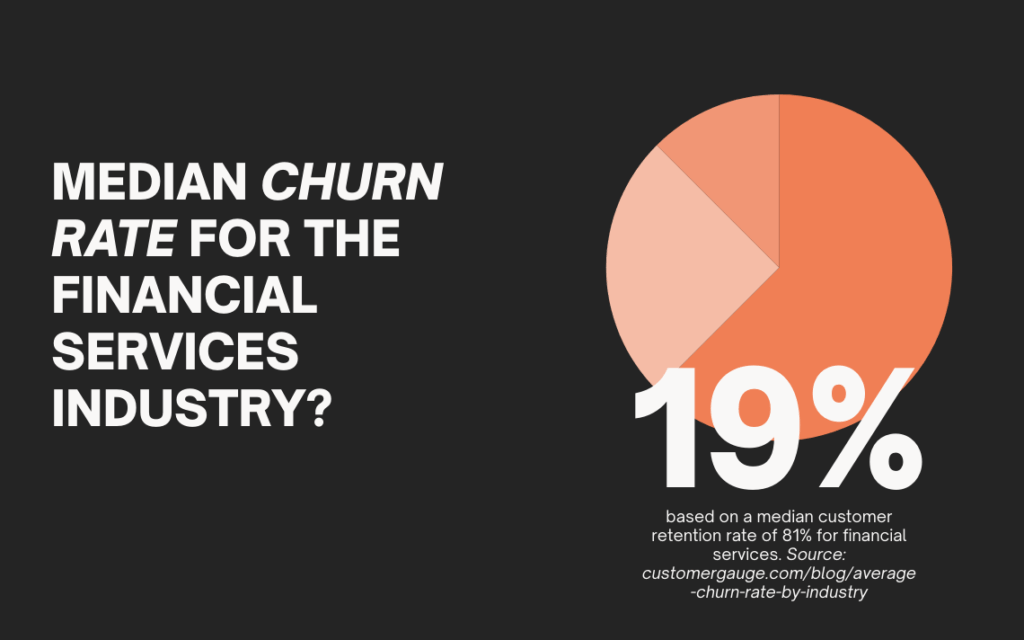
What Happens After the Insurance Policy Sale: A Strategy for Always-On Engagement
For many insurers, the hard work seems to end when a customer signs the insurance policy on the dotted line. The policy is sold, the documents are sent, and the team moves on to the next lead. But in today’s competitive market, that mindset is a fast track to churn. The truth is, the sale is not the end of the journey, it’s the beginning of a long-term relationship. The real opportunity lies in what happens next: engaging members so they continue to see value, feel supported, and remain loyal year after year.
In this article, we’ll explore a proven strategy for “always-on” engagement, one that delivers continuous value, uses health nudges to support better outcomes, and actively reduces churn.
Why Post-Purchase Engagement Matters
Insurance is, by nature, a product people hope they never have to use. That makes it easy for members to forget the value they’re getting or worse, question why they’re paying for it.
Churn often happens within the first 12–24 months of a policy. This is mostly because the customer hasn’t felt ongoing value, received proactive support, or built trust with their provider.
Strong post-purchase engagement changes that. It strengthens brand loyalty, increases claim satisfaction, and creates opportunities for cross-selling or upselling additional products. Just as importantly, it aligns with consumer expectations: personalised, digital-first experiences that deliver relevant benefits all year round.

Pillar 1: Delivering Continuous Insurance Value Beyond Coverage
The key to retention is making sure members don’t think of their policy as a static document filed away until renewal. Instead, it should feel like a living, breathing service that provides value every month.
Go beyond policy paperwork; Once onboarding is complete, shift communications to focus on what members can use now. This might include:
- Financial wellness tips tailored to their life stage or policy type.
- Partner discounts on gyms, wellness products, or healthy food delivery services.
- Digital tools to track health, preventive care, or lifestyle improvements.
Make it personal; Personalisation is critical. A new parent will value very different resources than a 60-year-old preparing for retirement. Data-driven segmentation ensures your communications feel relevant, not generic.
Highlight tangible benefits; Don’t wait for a claim to demonstrate value. Regularly remind members about included services, perks, and resources they can access immediately. The more they use these benefits, the more connected they feel to your brand.
Pillar 2: Using Health Nudges for Better Member Outcomes
A “health nudge” is a small, timely prompt that encourages healthier decisions without feeling pushy. In insurance, these nudges improve both member well-being and long-term business outcomes by reducing claims and enhancing customer loyalty.
Examples of health nudges
- Preventive care reminders: Check-ups, screenings, and vaccinations.
- Wellness challenges: Monthly step goals or activity streaks with small incentives.
- Celebrating milestones: Marking a year smoke-free or completing a fitness program.
The science behind nudges; Behavioural science shows that subtle prompts — such as gamification, social proof (“Join 10,000 members already taking part”), and loss aversion (“Don’t miss your free screening this month”) drive higher participation.
Why this matters to insurers; Proactive health nudges help prevent costly claims, improve quality of life for members, and create a stronger emotional connection to the insurer. Over time, this transforms the relationship from purely transactional to genuinely supportive.
Pillar 3: Reducing Churn Through Relationship Building
Even with great value and wellness programs, churn can still happen if members don’t feel recognised or supported. Reducing churn requires an intentional, data-led relationship strategy.
Understand why members leave
Common churn drivers include:
- Perceived lack of value.
- Poor or infrequent communication.
- Competitive offers from other providers.
Proactive retention tactics
- Value reminders: In the months leading to renewal, highlight the benefits they’ve used and the value they’ve received.
- Issue resolution: Address dissatisfaction early before it turns into a cancellation.
- Loyalty rewards: Offer perks for tenure and engagement milestones.
Measure sentiment; Regular feedback loops via surveys, app ratings, or quick polls give you early warning signs of disengagement. This allows your retention team to step in before it’s too late.
The Always-On Engagement Framework
Bringing these pillars together creates a clear framework for year-round engagement:
- Onboarding (First 90 Days)
- Build trust and deliver quick wins.
- Provide a simple guide to benefits and how to access them.
- Send a welcome series with personalised value tips.
- Value Delivery (Quarterly)
- Share exclusive offers, perks, and resources.
- Highlight real member stories showing benefits in action.
- Health Nudges (Monthly)
- Send targeted reminders for preventive care or wellness programs.
- Use gamification and incentives to boost participation.
- Retention Actions (Pre-Renewal & Milestones)
- Showcase value received during the policy term.
- Offer renewal incentives and loyalty recognition.
Automation is key; Using CRM and marketing automation tools allows you to deliver this framework consistently without overwhelming your team.
Measure what matters; Track engagement metrics such as email open rates, click-through rates, benefit usage, wellness program participation, and most importantly, renewal rates.
Selling a policy is only the first step. The real work and the real opportunity lays in keeping members engaged long after the sale. By delivering continuous value, using health nudges, and actively reducing churn through relationship building, insurers can create loyal members who renew year after year.
The message is simple: your members didn’t just buy a policy; they bought a partnership. Keep the conversation going, and both sides will benefit for years to come.
Want to explore how we can help with your insurance products? Book a discovery call today.





